Looking to build some muscles? Push-ups are a great way to do this. Many of athletes and sports people do lots of push-ups and for good reason too: push-ups are effective. One reason why push-ups are so good is that they focus on multiple muscle groups at the same time and you can actually alter your stance and form to lend greater focus to any of these different muscles.
We’ve compiled a list of 10 different push-up techniques for you to choose from, to help you target all the major muscle groups in your upper body and some lower body muscles too. Read on to find out more.
- The Regular Push-up
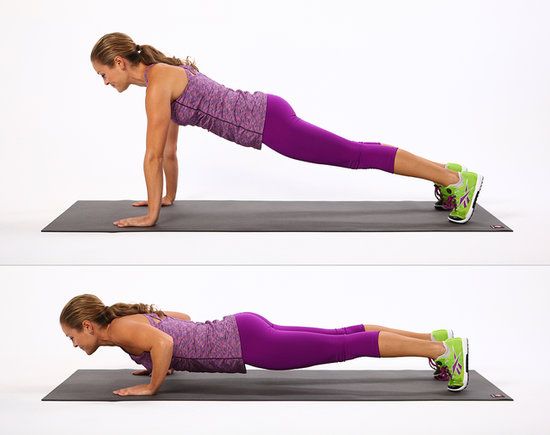
When asked to do a push-up this is probably the one that comes naturally to most people. The regular push-up is also widely used by military and para-military groups all over the world. To perform one, you bend over with your palms planted on the ground, then straighten out your torso till it’s parallel with the ground. Your palms should be placed out in front of your body at a distance slightly wider than your shoulder width, then you literally push your body until your arms are straight and repeat.
- The wide grip push-up
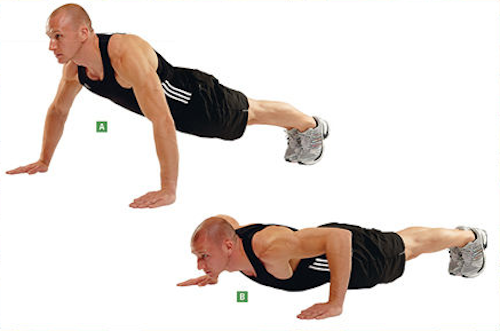
This push-up technique is similar to the regular push-up except that the palms are placed as far away from each other as possible. This wide stance places greater emphasis on the pectoral muscles and shoulders.
- The Narrow grip
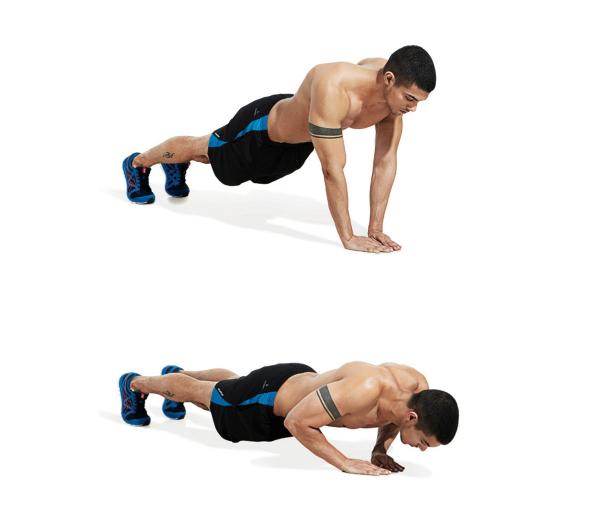
Like the wide grip push-up, the narrow grip push-up is executed similarly to the regular push-up but with some slight variations. The palms should be placed directly under the shoulder’s and elbows should be tucked in as close to the torso as possible. This type of push-up targets and develops strong triceps.
- Bicep push-ups
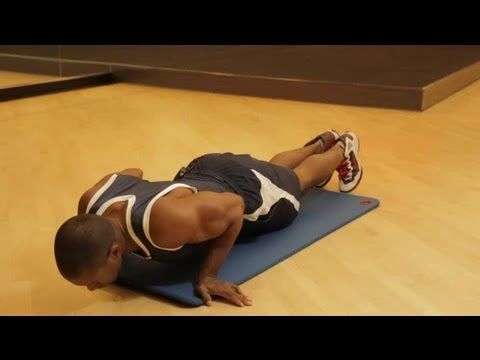
Most push-up variations target either the triceps, shoulders or chest so it’s understandable that not many people know that push-ups can target your biceps as well. To execute a bicep focused push-up, you should take up the same starting position as a regular push-up but twist your wrists such that your fingers are facing outward in opposite directions. You should feel an immediate strain on your biceps.
- Diamond push ups
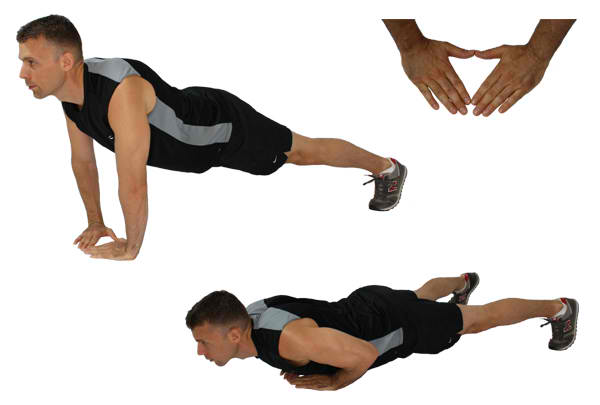
The thing about push up variations is that seemingly minor variations in arm placement can lead to vastly different results. With the diamond push-up, you place your palms together at a diagonal angle such that the tips of your opposing thumbs and index fingers are touching each other in a diamond-like shape. Your palms should be placed right under the center of your chest. This technique lays greater emphasis on the chest and triceps muscles.
- Chinese push-ups
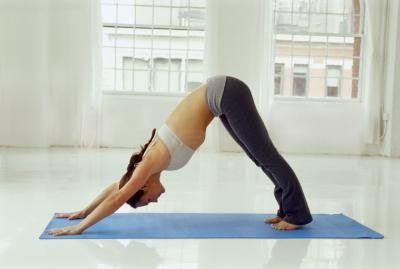
Chinese push-ups have been referred to as the hardest push-ups in the world by some. Well, we don’t know about that but you can try it for yourself and be the judge. To perform a Chinese push-up, you must form an inverted v shape with your body, arms planted in front of you, your bum facing up, and your head facing your feet. You should be on your toes to perform this move effectively. Chinese push-ups are a bit weird; you lower your body until your head touches the ground and then you straighten out your body till your back forms an arc with your head pointing upwards. Then return to the starting position and repeat. Now you know why Jackie Chan is so ripped.
- Incline push-ups
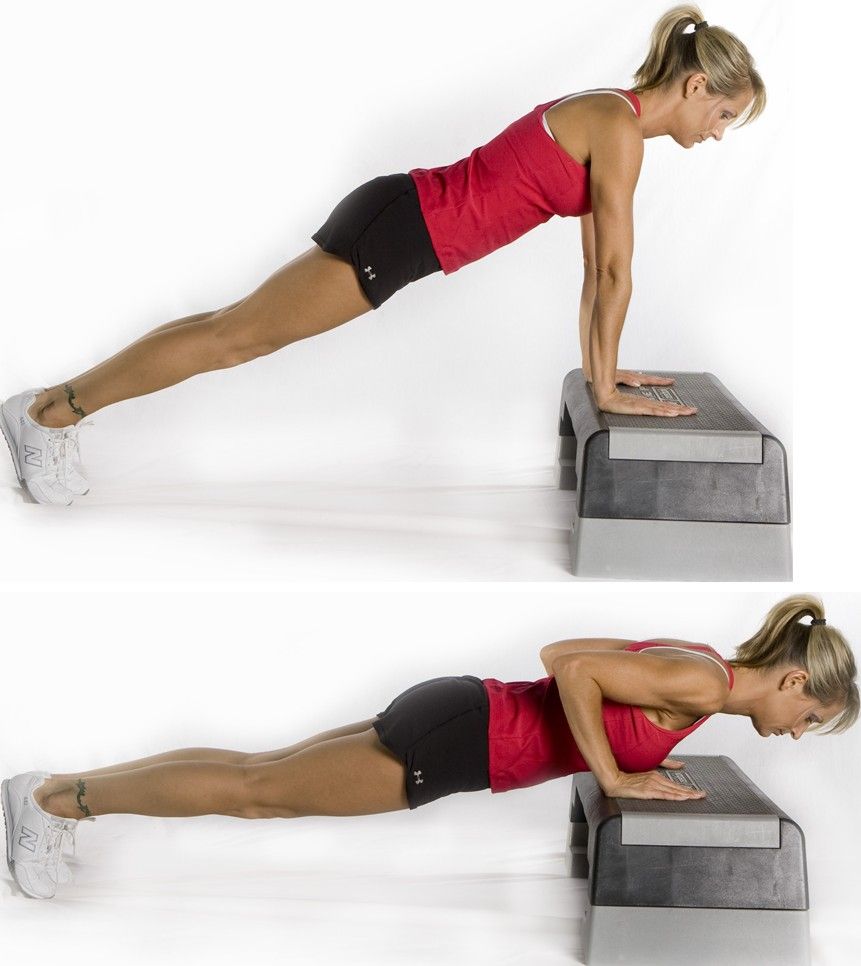
Incline push-ups are performed by placing your palms on a surface that is on a higher level to the surface where your feet are planted such that your torso when straight, is at an angle diagonal to the ground with your head facing upwards. Incline push-ups are easier than regular push-ups and we’d recommend these for beginners or for women.
- Decline push-ups
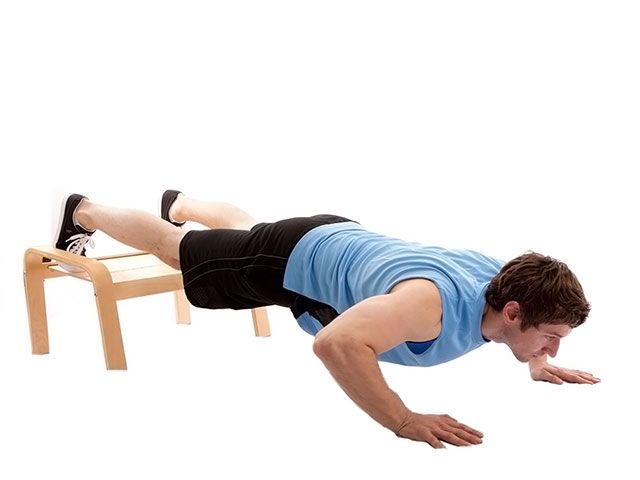
Decline push –ups are a technique that places the body at a reverse incline—with your legs elevated behind you and your head pointing downwards. Performing a push-up in this way will provide much more intensity to your workout and will provide extra focus on your core, upper back and quadriceps
- Plyometric Push-ups
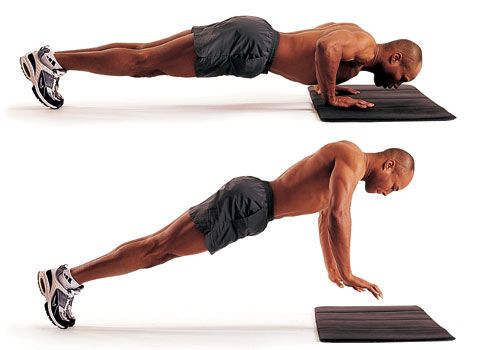
These are also known as jump and clap push-ups because that is almost literally what you do when you execute a plyometric push-up. You start in the position for a regular push-up but you execute the push up motion with a bit of extra force such that your hands are completely off the ground, you clap your hands and then return to starting position. Plyometric push-ups are great; they work on major muscles in the upper body including the arms, chest, back and core, some major lower body muscles such as the quadriceps, and will also help you develop better explosive power for sports.
- Weighted push-ups
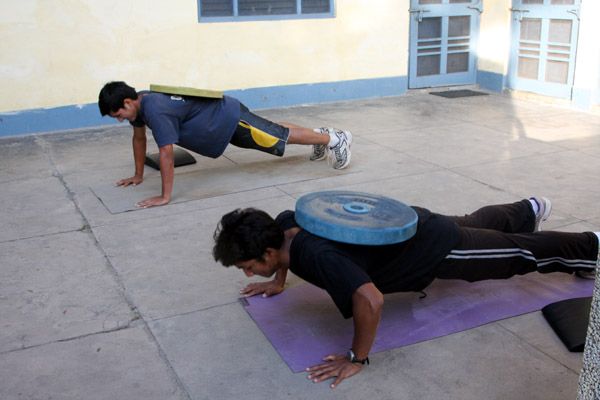
Weighted push-ups are not really a separate push-up technique, they’re more of a clever tip that could be used to make any push-up technique harder to perform. The idea, simply, is to increase the amount of weight your body has to carry either by wearing a weight vest or a stuffed school bag or some other improvised method.
Conclusion
So now you know these 10 great push up techniques, you can apply them at home or anywhere you find yourself, till you’re absolutely shredded.
Contact Trainer.ae: get in touch with a personal trainer who can help create a plan just for you.
______________________________________________________________
WhatsApp number: +971 56 583 0067 (please send code 1934 and we will get back to you asap)
______________________________________________________________
Trainer.ae does all the relevant checks for you and all our trainers have the right visa and are fully qualified to train you.
Get in touch with us today, our male or female personal today.